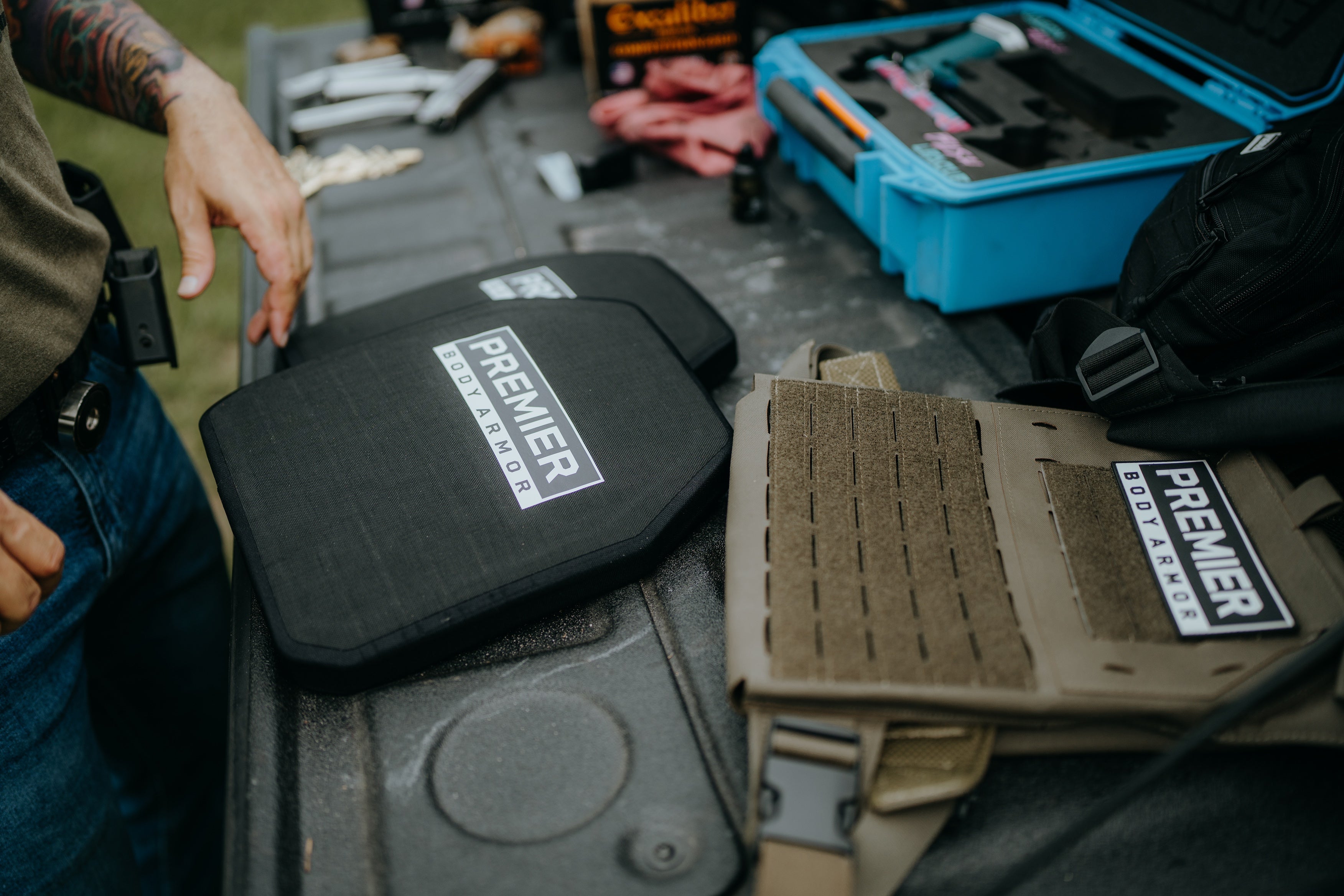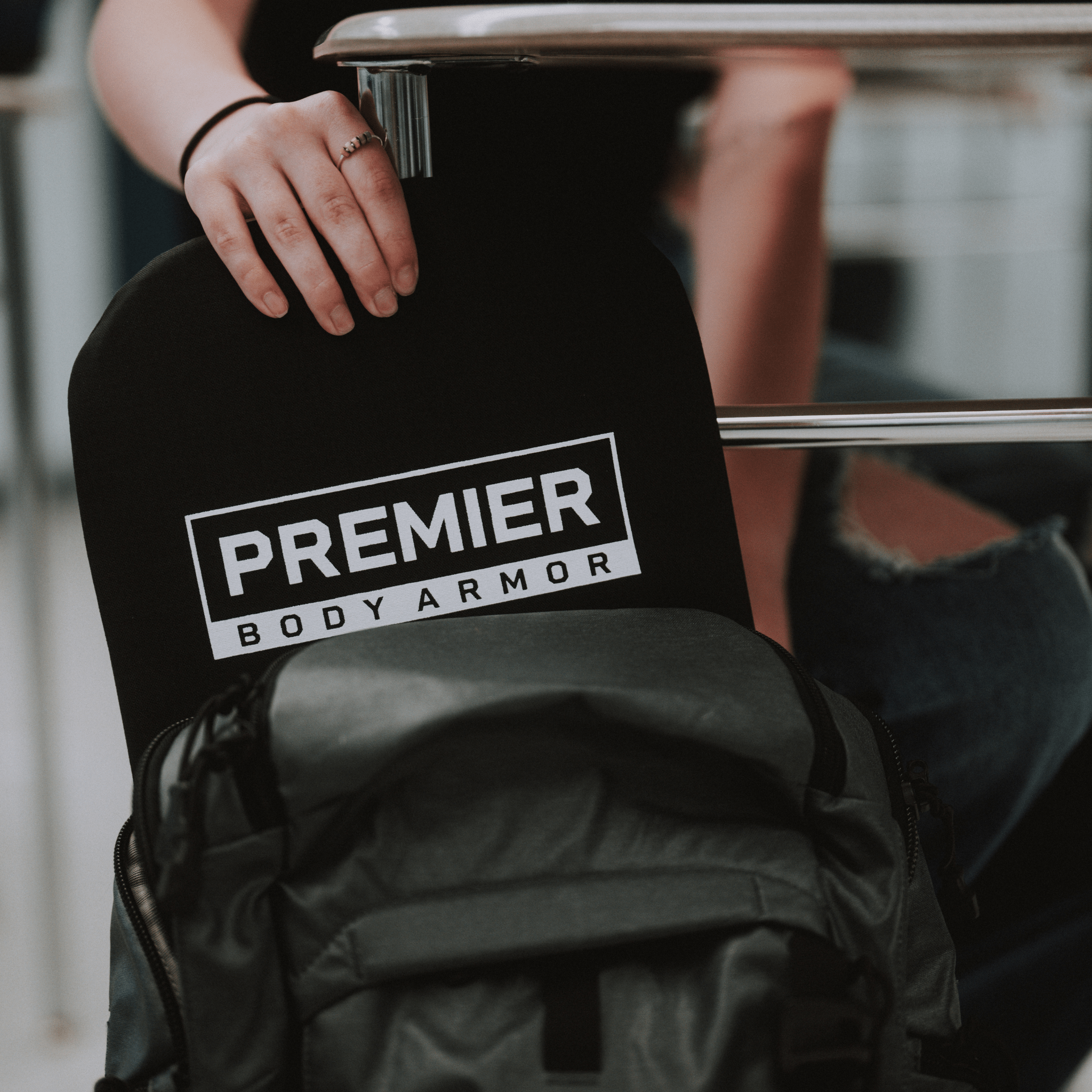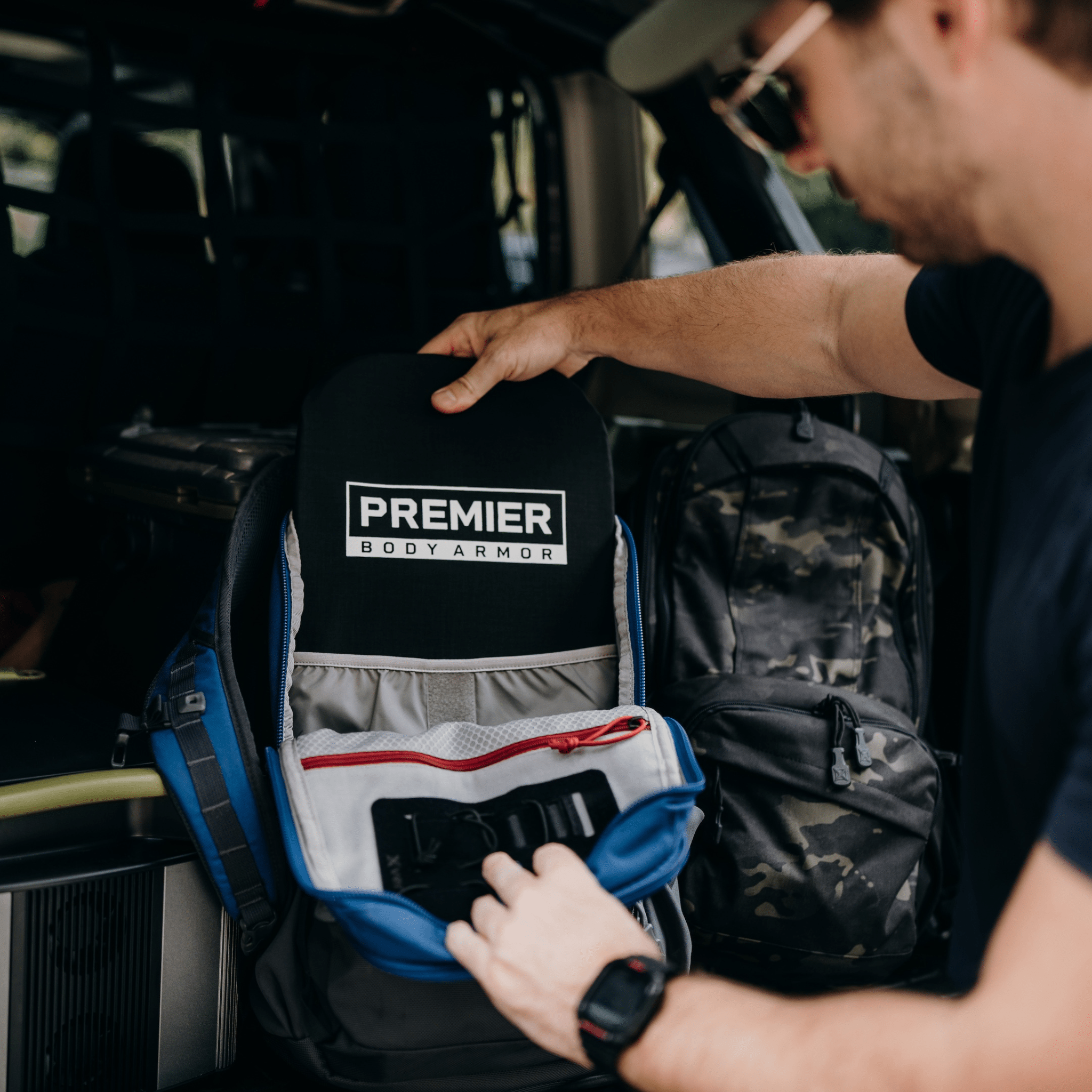Rifle Plates 101
Rifle Plates 101: What Are They and How To Choose the Best Plates for you!
Body armor is no longer solely for law enforcement and military personnel. Today, a range of people—from business professionals to outdoor enthusiasts—invest in body armor for personal protection.
While body armor comes in many shapes, sizes, and protection levels, this article focuses on plates designed to withstand rifle threats.
What Does Level III Mean and What does it Stop?
In the United States the National Institute of Justice, or NIJ, sets the testing standards for body armor. This testing protocol was created to set minimum performance standards for body armor vests and plates. The mission here is to encourage manufacturers to voluntarily test their products against these standards so that law enforcement and military customers can be confident in the protective qualities of their equipment. Federal and state grants are also frequently available to law enforcement agencies that decide to purchase NIJ certified body armor. Body armor doesn’t necessarily have to be NIJ certified to be of good quality, but it is a plus!
The NIJ office has made two official designations or ratings for body armor related to rifle threats. Level III is the base rating and is tested with the 7.62×51 147gr FMJ (M80) round. During the testing process plates are first put through significant environmental testing at extreme temperatures and humidity levels. The plate also undergoes a drop test to determine its durability. Finally, after much abuse during the environmental test, the plate is shot six times with the M80 round under very precise laboratory conditions.
There are very stringent processes and procedures that must be followed during the testing phase to get accurate results. To ensure this accuracy, all labs wishing to participate in the NIJ testing program must receive certification from the NIJ office.
If a level III plate is NIJ truly certified, you can rest easy knowing that the plate has been through significant testing processes and should perform exactly as described by the manufacturer at least to the minimum of the NIJ standard.
What Does Level III+ Mean and What does it Stop?
Level III+ is an industry term that is not recognized or endorsed by the NIJ office. III+ is a designation commonly used by manufacturers to describe a plate that will perform beyond the base level III NIJ standard. Here’s where it gets tricky. Since there is no third party, such as the NIJ office, governing this designation, each manufacturer can use the III+ terminology to mean different things! At Premier Body Armor we are careful to list the specific threats our armor is designed and tested to withstand.
In a perfect world, all materials would provide the same minimum level of protection. But, it’s not an ideal world and some materials are better than others. We previously to utilized steel as our primary material in rifle rated plates. Steel is very durable and lasts a very long time. The downside to steel armor is that it must be manufactured at a significant thickness to stop level III threats. This means steel plates tend to be much heavier than other options.
We use a proprietary, USA-made UHMWPE (Ultra High Molecular Weight Polyethylene) material in the composition of our STRATIS line of plates. UHMWPE is extremely lightweight and durable. We are able to accomplish the same curve, stopping power, and make our plates lighter by using UHMWPE in place of steel.
Taking it one step further, the NIJ office has announced that they will be updating the testing standards sometime in 2021 or 2022. There will be new threats added to the testing protocol that will be very problematic for steel plates. Why? Steel plates are not good at stopping rounds with a high velocity such as XM193 for example. The new testing standard is set to include some of these extremely fast rounds and steel plate manufacturers will have to increase the thickness of their plates, and consequently the weight, to defeat these threats. Unwilling to sell heavier, bulky steel plates, we introduced our line of STRATIS UHMWPE plates back in 2020.
What does Level IV Stop?
Level IV body armor was originally designed with military applications in mind. It is tested to protect against .30 caliber armor-piercing rounds; the military designation for this round is M2 AP.
Is Level IV armor overkill for civilians then? It might have been too much back when Level IV plates were heavy, fragile, and outrageously expensive. In recent years though manufacturers have made efforts to decrease weight and price, and increase durability.
Premier Body Armor is leading this movement with our STRATIS IV plate. It is one of the lightest on the market, the most durable and multi-hit capable, and set at a reasonable and competitive price; not to mention its 100% made in the USA.
Level IV plates used to be scanned via X-ray anytime they were dropped or experienced significant impacts as the solid ceramic strike face of old would easily crack and open up weak spots on the plate. Often plates would be retired long before the warrantied date due to fractures in the strike face.
With the STRATIS IV, this is not a concern. It utilizes a tiled composite strike face that is designed to take serious abuse without the aforementioned fracturing. Instead of a solid ceramic strike face, a series of composite tiles are used that can independently receive damage without the entire face being damaged. For example, when a round strikes the face of the STRATIS IV plate, a single or a few tiles may take the brunt of the damage while the rest of the tiles remain fully intact. This design coupled with our USA made polyethylene allows the plate to be truly multi-hit capable.
Should I get a Plate Carrier or Vest?
Plates are cool on their own, but without a plate carrier or vest to put them in, it is nearly impossible to actually wear the plates on your body. This brings us to deciding between a plate carrier or a vest.
At Premier Body Armor we use the term “Plate Carrier” to mean a piece of gear designed to carry rifle rated plates or specifically designed soft armor inserts, but that doesn’t have armor built in. Plates must be purchased separately and added to the carrier before it will offer ballistic protection. Examples of a plate carrier from our own line would be our Core Plate Carrier or Hybrid Tactical Vest.
When using the term “vest” we mean a piece of gear that has soft armor built in as the main form of protection with the addition of rifle rated plates being optional. The soft armor inserts are still removable so that the vest can be cleaned, but the vest serves little to no function at all without the ballistic inserts.
This can be a bit confusing for new buyers, but in general it is common to think of a plate carrier as a more military-esque style option and a vest as a less tactical option.
When choosing between a plate carrier or a vest to go with your plates, the debate comes down to two questions: “do you need more coverage than what the 10x12 plate in a plate carrier would provide?” and “is weight the number one concern?”.
Most vests are designed to wrap soft armor all the way around the torso and provide more ballistic protection including full frontal and rear upper body coverage. If getting the most physical coverage is the goal, a vest is the way to go and with the Premier Body Armor Eagle vest, you can always add rifle plates at any time.
If keeping weight down and mobility at a maximum is more of a priority, a plate carrier will come out on top. There is no added weight from large soft armor inserts and a much slimmer carrier profile will help maintain as much natural mobility as possible. These important factors allow for greater ease of motion and less user fatigue.

Ensure Your Safety With Armor Made in the USA
Premier Body Armor is your source for high-quality protective equipment. We manufacture our armor right here in the USA—under our careful supervision. You can rest assured that our products will perform as described.
We don’t believe that anyone should trust their life to body armor made overseas. When a US company outsources body armor production, they have little to no supervision over manufacturing. They cannot speak to the real intent or care of the manufacturer. If something were to go wrong during manufacturing, the facility could sweep issues under the rug to meet deadlines without the US retailer’s knowledge. Our eyes stay on our materials and manufacturing through our whole process.
Made in China tennis shoes might be fine for your work out, but when your life's on the line, be sure your armor was Made in the USA.
Curious to learn more about our company's history building highly armored vehicles for US Military? Check out our company story video and info!
Choose the Best When It Comes to Your Protection
Now you know more about the differences in rifled rated plates and important factors in making a selection for your preparedness plan. You’ve also learned more about the difference between ratings such as level III body armor and level IV body armor. Hopefully, you’ll find the process of choosing the right body armor much easier.
Premier Body Armor is the best source for rifle rated plates and complete body armor systems. We’re located in Gastonia, North Carolina. What’s more, we proudly make our products in the USA.
We’re an industry leader in body armor innovation and establish the highest benchmark for quality in the industry.
Our raving reviews also speak to our customer service and we’re here to help anytime. Furthermore, we maintain a steady inventory, enabling us to meet your protection needs quickly.











Leave a comment